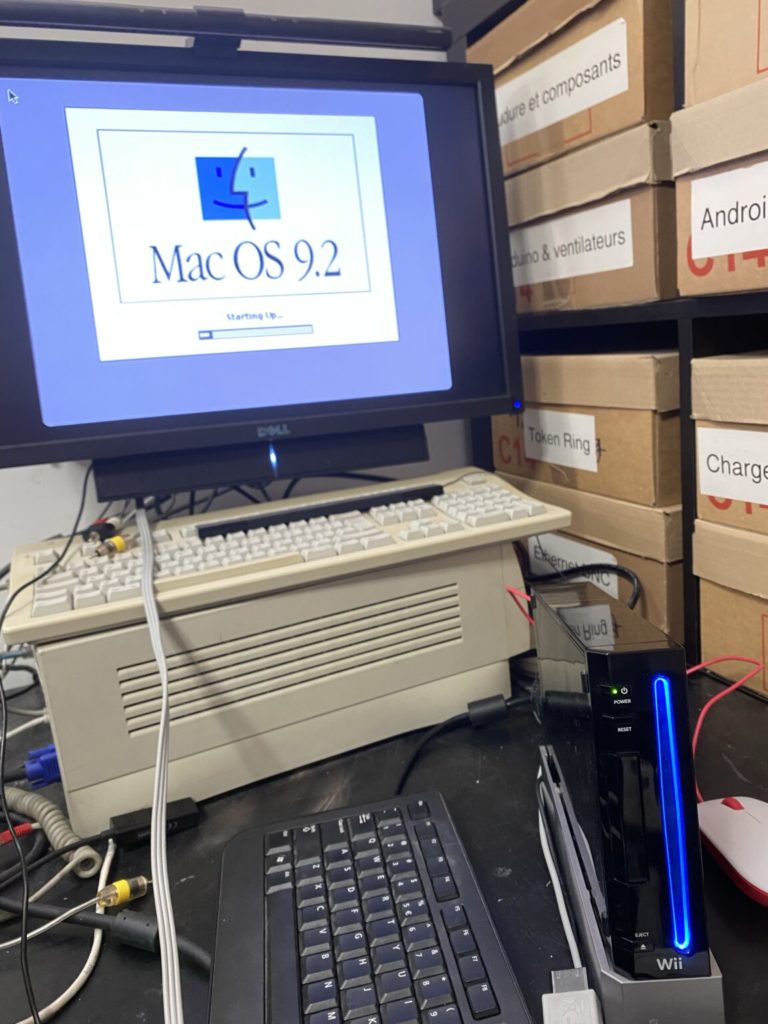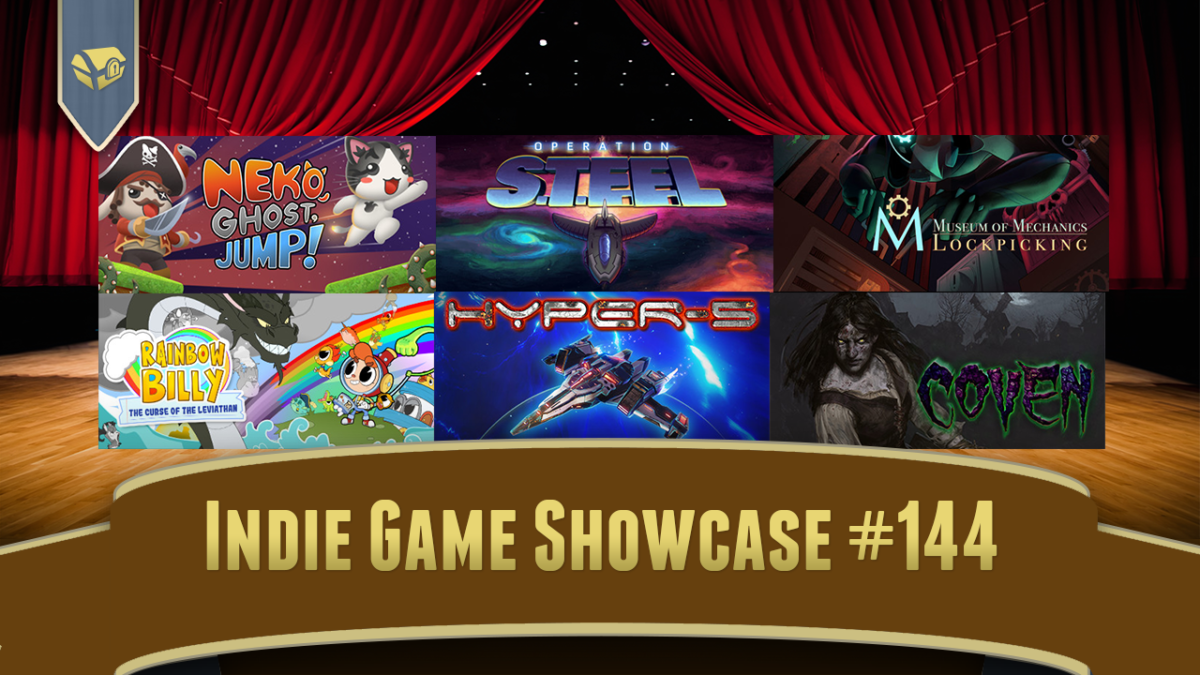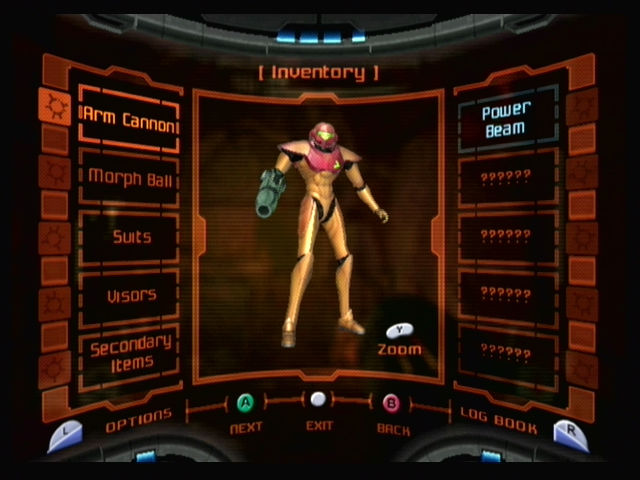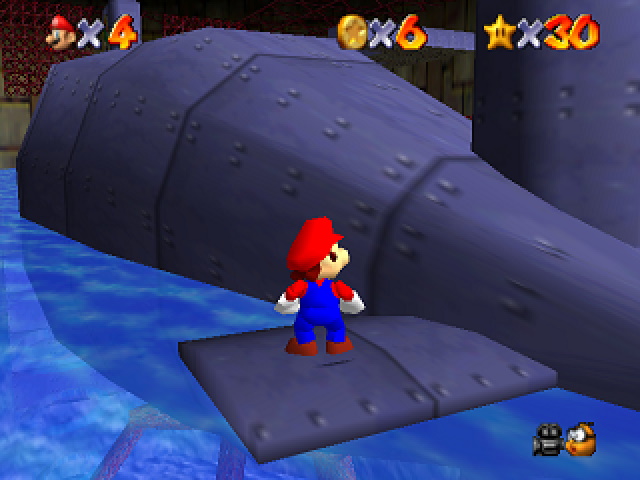This is a real rarity. Saturday Supercade has, to my knowledge, never been officially released on any media format. All of the tapes of this show date back to their original broadcasts in 1983-5. I’m sorry for the poor quality, but this is from a tape almost certainly recorded off of live television nearly 40 years ago.
The year 1983 was such a weird time in media history. Take for instance the movie Joysticks. A cheaply-made culture cash-in, essentially the Supervan of its decade, it was a teen sex comedy themed around arcades, and it could only have been released in 1983. In 1982 games were big, but it takes time for a movie to be made. In 1984, US arcades and consoles had crashed calamitously, and any projects in production would have been cancelled. Saturday Supercade also dates from 1983.
Saturday Supercade was a Saturday morning cartoon show that hosted a variety of different game characters and universes. By no means a classic of animation, there’s still a lot of interesting things about it. Donkey Kong gives Mario and Pauline their modern names (decided on around the time of Donkey Kong Jr’s arcade release), and Donkey Kong is voiced by legendary early TV children’s entertainer Soupy Sales.
Frogger is depicted by the show as a reporter for a swamp’s newspaper. Q*Bert is a student in a 50s-styled high school, and other characters (including a girl Q*Bert, “Q*Tee,” not seen in the game) are imagined as his friends and rivals. Donkey Kong Jr has the young ape searching for his father, while assisted by a greaser. Pitfall’s cartoon is not only the sole home-original game to be featured on the show, but also lent two of its characters, Pitfall Harry’s niece Rhonda and mountain lion pet Quickclaw, to cameo roles in the game’s sequel Pitfall II: Lost Caverns. Kangaroo and Space Ace were introduced in the show’s second season. Yes, somehow, it got a second season.
The Wikipedia page of the show notes that episodes of Space Ace were once shown late at night on Cartoon Network, and once in a while can be spotted between shows on Boomerang, while “The Best of Q*Bert” is available as a print-on-demand DVD from Amazon. Other than that, many episodes are lost outside of master reels held by whatever company owns Ruby-Spears’ output these days, which I expect is Warner Media. There’s tons of Saturday Morning shows that are lost; this one only survives to us in any form because classic video games have oddly persisted in this weird cultural cul-de-sac, the same one that made Wreck-It-Ralph an improbably hit for Disney.
So please, enjoy, or else, experience whatever substitute for enjoyment you can bring yourself to feel while watching an old old kids cartoon from the classic arcade era. Queasiness? Unease? Existential dread?






